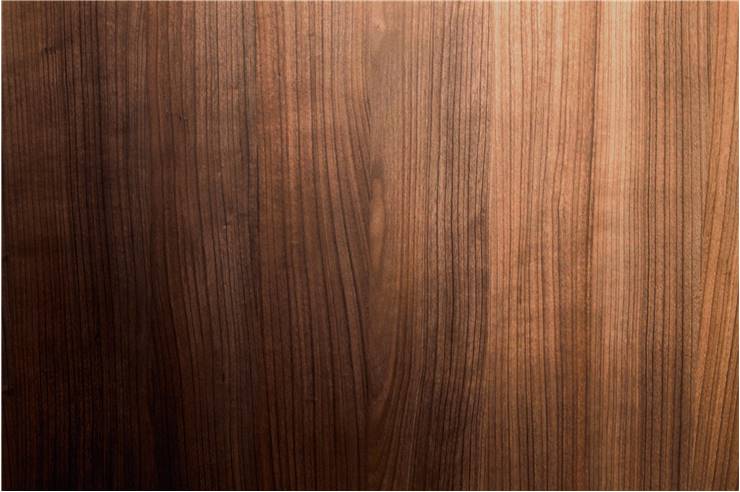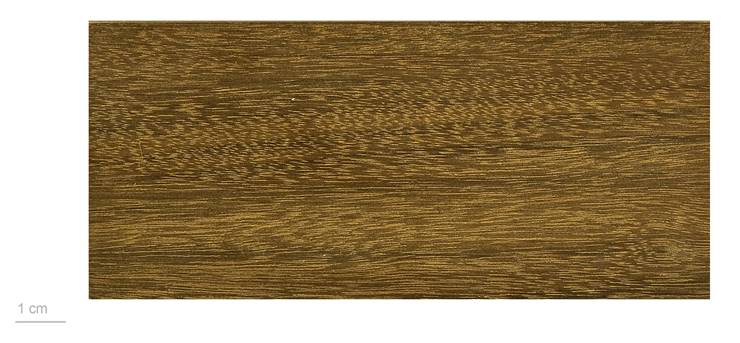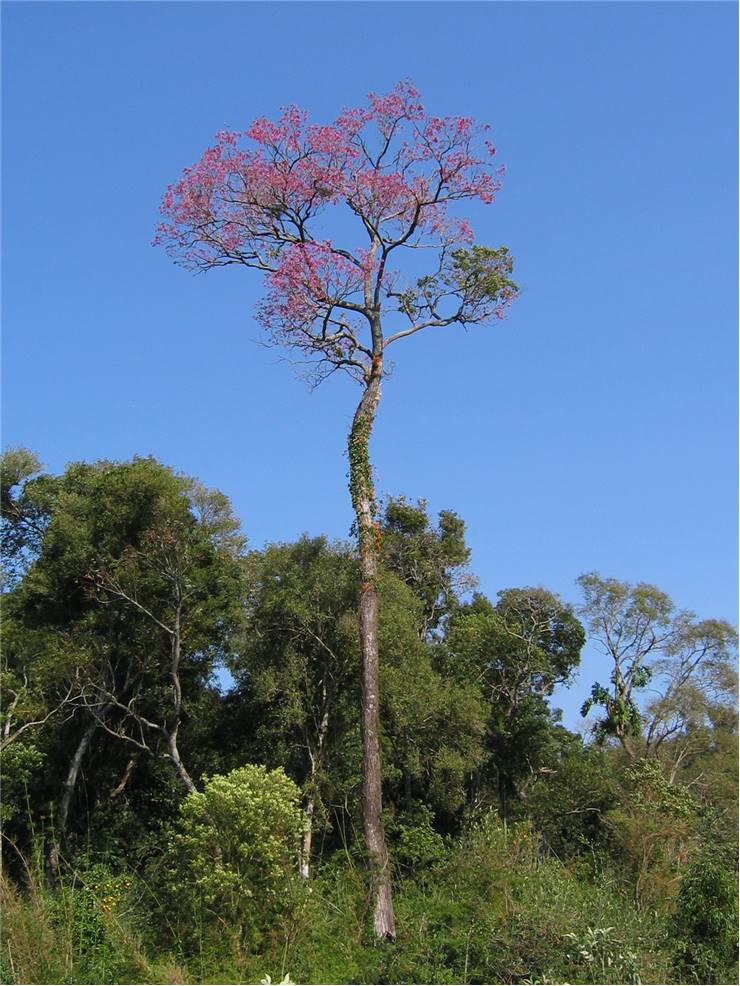Ipe Wood – Definition, Characteristics and Benefits of Ipe
Ipe wood (also known around the world as a Brazilian walnut) is a very strong , beautiful and gracefully-aging wood from South America that is part of a Handroanthus genus of flowering plants in the family of Bignoniaceae. With 30 closely related species of trees, Ipe wood is also known across the South America as poui, lepacho, pau d'arco, epay or ipê.
Today, this type of a tree is commonly used for ornamental landscaping and use in public spaces, where it’s easily noticeable flowers can decorate the public space each autumn. As for its lumber, many outside of South America have noticed it’s positive properties and started exporting it for use in the creation of decking, furniture and more. Stronger versions of Brazilian walnuts (and their closely related Guaiacum wood) especially good for creation of outside or inside deckings because of its high durability and insect resistance. They are incredibly strong, durable, heavy and highly praised wood types that grow in American tropics.
What is Ipe Wood
Ipe wood was first classified in the 1970s, but it received modern description in 2007 when entire Handroanthus genus become officially accepted and certified by several government agencies (both as an effort to better manage their growth and to put a hold on fraudulent sales of this popular type of wood lumber). Before this, Ipe wood was regarded as the part of Tabebuia genus.
Because of its strength and strong durability, Ipe wood is known around the world as one of the best wood types if you want to build something that will last a long time without the need to treat the wood with some expensive process (such as pressure-treating).
Ipe wood can vary in color between yellow, darker blackish and reddish brown hues , and in some cases, it can even it can showcase contrasting darker brown/black stripes or powdery yellow deposits within the wood structure. Visually, it can be very similar to South American timber wood called Cumaru, although that wood type is often a bit brighter and has characteristic vanilla/cinnamon scent that is released during woodwork. Ipe on other hand releases a very mild scent while being worked. As a word of caution, there are reports that Ipe can cause mild irritation on skin, eyes and respiratory system, and in some cases even asthma-like symptoms, headache and vision disturbance,
Handroanthus wood has a very difficult workability rating. The wood structure is very dense and hard, with strong cutting resistance during sawing and woodwork. During woodwork process, Ipe can be made into smooth plains, but the appearance of tearounds is possible on interlocking areas. Blunting effect can also be easily spotted on cutting edges. The internal structure of Ipe wood (natural yellow deposits presents inside the wood) can in some cases interfere with the polishing and finishing stages of lumber production.
Today, the majority of ipe wood lumber production is located in Brazil., which is one of the reasons why many are still referring under the name “Brazilian walnut”.
Origin
Ipe wood grows naturally in Central America, between Mexico and Argentina. It can also be found on many Caribbean islands. Commercial pressure has pushed many wood processing businesses to create their own growing fields of this type of wood outside of Central America, although occurrences of such growth are still less common today. Majority of Ipe wood exports come from Brazil, where this wood can be found in their large rainforests.
Characteristics
Here are some of the basic characteristics of Ipe wood:
- Tree size - 100-130 ft (30-40 m) tall
- Trunk diameter - 2-4 ft (.6-1.2 m)
- Janka Hardness: 3,510 lbf (15,620 N)
- Average Dried Weight: 69 lbs/ft3 (1,100 kg/m3)
- Specific Gravity (Basic, 12% MC): .91, 1.10
- Crushing Strength: 13,600 lbf/in2 (93.8 MPa)
- Modulus of Rupture: 25,660 lbf/in2 (177.0 MPa)
- Elastic Modulus: 3,200,000 lbf/in2 (22.07 GPa)
- Shrinkage: Radial: 5.9%, Tangential: 7.2%, Volumetric: 12.4%, T/R Ratio: 1.2
- Odor - Mild scent
- Workability - Hard
- Texture - Medium to fine
- Grain - Usually straight, can be interlocked or irregular
- Sustainability - Not listed in the CITES Appendices or on the IUCN Red List of Threatened Species.
- Required growth density - Single mature tree per 300,000 to 1,000,000 square feet (3 to 10 hectares)
- Drying- Easy drying, with possible mild appearance of checking, twisting or bowing
- Durability - Untreated it can last more than 25 years with no appearance of decay, rot or termite infestation. Well-preserved outdoor flooring or other wood objects can survive between 50 and 75 years.
- Maintenance - Low
- Cost - $23-$30 per square foot
Uses
Ipe wood is very commonly used in woodworking for indoor and outdoor flooring, as well for furniture production. Well-made and maintained exterior decking and siding made from strong and durable Ipe wood can last up to 50 years. Ipe is also commonly used in the creation of stairs or stair handrails.
While the interior use of Ipe can have different methods of finish, if used it usually gets air-dried.
Even though it is expensive and hard to work with, Ipe is today very popular for various types of woodworking projects. Here are only some of the common use case scenarios for Ipe wood:
- Flooring
- Secking
- Veneer
- Tool handles
- Indoor and outdoor furniture
- General woodworking use
- General medical use claims
- Tea production from Ipe’s bark
- Medical drug production from its main active ingredients inside wood structure (lapachol, quercetin, and other flavonoids)
- Taheebo Ipe bark is used for treating a number of diseases.
Types
Handroanthus genus consists of more than 30 accepted wood types, of which Ipe wood is one of the most popular.
Handroanthus impetiginosus - Commonly known as Ipe wood or Brazilian walnut or Brazilwood. It naturally grows in Mexico to northern Argentina.
Handroanthus chrysotrichus - Known as golden trumpet tree. It grows to up to 25 feet tall, and with deep yellow flowers and rusty-red hairs of buds and leaves. It grows in Florida and Central America.
Handroanthus umbellatus - Known as yellow trumpet tree. It grows up to 20 feet tall, and its defining feature is small bright-yellow and trumpet-shaped flowers.
It is important to mention that today the term “Ipe lumber” does not guarantees that the wood itself will indeed be from an authentic Ipe tree. This now generic term can be used also for trees from cumaru (Dipterix odorata) and jarrah (Eucalyptus marginata) species.
Benefits and Problems
Ipe wood is known to be very dependable and durable. Visually it has a very pleasing look, with colors ranging from reddish brown to sometimes a bit brighter hues with darker or lighter stripping. It is rated as one of the best types of wood that is naturally resistant to fires, with same “Class A” rating that steel and concrete get. It ages very gracefully, with insects, rot and UV damage not appearing at all during first 20 to 30 years of outdoor use.
Pros:
- Hard
- Strong
- Smooth
- Very long lasting
- Scratch-resistant
- Graceful in aging
- Insect and rot resistant
- Naturally fire resistant
Cons:
- Expensive
- Heavy
- Dense (it does not float in water)
- Requires more elaborate woodworking measures, pre-drilling and use of hidden installation of hardware


